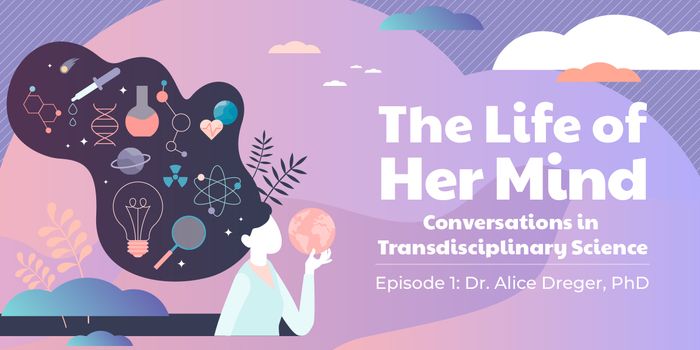What makes us happy? Friends and family, of course, good times and being able to do what we love. But is neuroscience involved? It is, especially when it comes to mindfulness. Mindfulness is taking the time to mentally aware of what happens in our lives. To concentrate on goals, it takes dedication to make sure we are actively engaging the mind in getting where we want to be. Certain habits enhance this practice of mindfulness. Putting feelings into actual words is one way to get past a bad mood or a setback. Gratitude is another key part of mindfulness. Being glad for the good things that happen and forming that thought, helps the brain recognize what's working well and the more positive thoughts that are involved, the more serotonin is released by the brain, which produces a better mood.
Being decisive also helps. Waffling on a decision, going back and forth on possible options saps the mind and increases stress and anxiety. Pick a lane and go with it. Physical touch is a mood lifter as well. Holding hands with someone you trust, a hug from a friend can release oxytocin in the brain which alleviates stress and pain. It's all about the science of feeling as positive as possible. Your brain will thank you!








